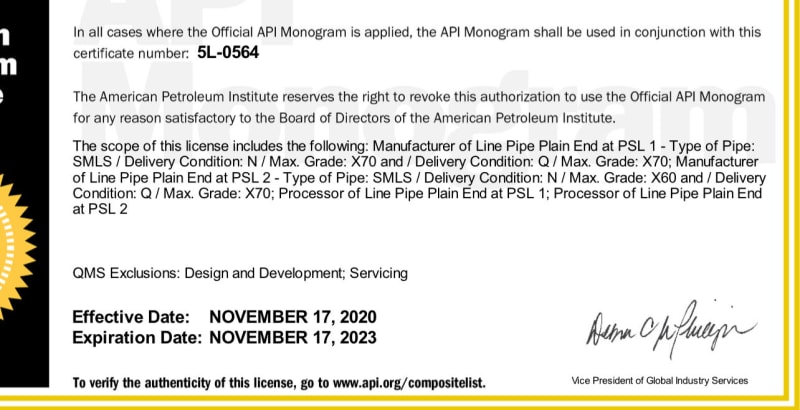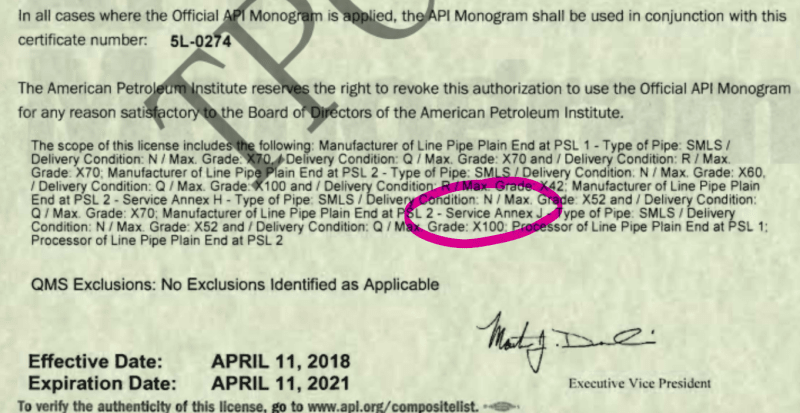Dear expert,
Is there any evidence to suggest that the application of Hot Expansion seamless pipe(API 5L) is not suitable for HIC/SSC material specifications?
However, I found some technical notes in this regard below :
Disadvantages of thermal expansion seamless steel pipe:
1. After thermal expansion, the non-metallic inclusions (mainly composed of sulfides and oxides and silicates) in the thermally expanded seamless steel pipe are pressed into thin sheets, resulting in delamination (interlayer). Delamination can seriously damage the tensile properties of heat-expandable steel pipes in the thickness direction, and interlaminar tearing is likely to occur when the weld shrinks. The local strain caused by welding shrinkage is often several times the yield point strain, which is much larger than the local strain caused by the load.
2. Residual stress caused by uneven cooling. Residual stress refers to the internal self-equilibrium stress without external force. Such residual stresses exist in heat-expandable steel pipes of various cross-sections. Generally, the larger the section size of the section steel, the greater the residual stress. Residual stress is of course self-phase equilibrium, but it still has a certain influence on the performance of steel components under the action of external force. Such as deformation, non-chaos, anti-fatigue and other aspects may have adverse effects.
Is there any evidence to suggest that the application of Hot Expansion seamless pipe(API 5L) is not suitable for HIC/SSC material specifications?
However, I found some technical notes in this regard below :
Disadvantages of thermal expansion seamless steel pipe:
1. After thermal expansion, the non-metallic inclusions (mainly composed of sulfides and oxides and silicates) in the thermally expanded seamless steel pipe are pressed into thin sheets, resulting in delamination (interlayer). Delamination can seriously damage the tensile properties of heat-expandable steel pipes in the thickness direction, and interlaminar tearing is likely to occur when the weld shrinks. The local strain caused by welding shrinkage is often several times the yield point strain, which is much larger than the local strain caused by the load.
2. Residual stress caused by uneven cooling. Residual stress refers to the internal self-equilibrium stress without external force. Such residual stresses exist in heat-expandable steel pipes of various cross-sections. Generally, the larger the section size of the section steel, the greater the residual stress. Residual stress is of course self-phase equilibrium, but it still has a certain influence on the performance of steel components under the action of external force. Such as deformation, non-chaos, anti-fatigue and other aspects may have adverse effects.


